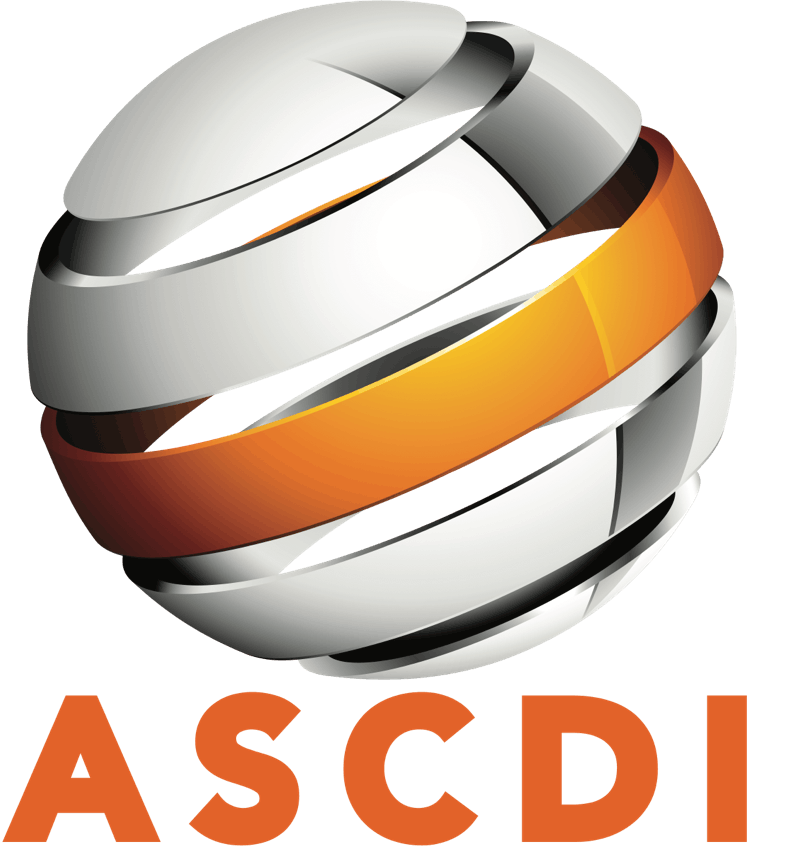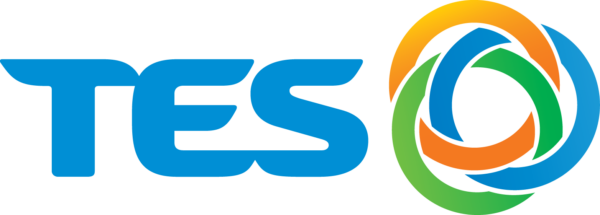TES, a global leader in e-waste and compliance, projects new EU regulations that will create more complexity for manufacturers worldwide.
SINGAPORE – October 11, 2023 – To curb e-waste and save consumers money, European Union (EU) countries passed a law mandating a single standard for chargers. TES, an international leader in IT asset disposition
(ITAD) and technology lifecycle solutions see the new rules potentially spurring a short-term increase in e-waste and a longer-term ripple of similar measures in other countries.
TES is a global company specializing in sustainable technology lifecycle solutions to assist clients in the deployment, decommissioning, retirement, and disposition of devices, including resale and end-of-life recycling.
The charger standardization law addresses the problem of how cellphones, laptops, and other devices commonly use different types of chargers, and over time, consumers can see chargers proliferate into a tangled jungle of obsolete cables. Under the new EU law, by the end of 2024, all mobile phones, tablets and cameras sold in the EU must be equipped with a USB Type-C charging port. The law will apply to laptop computers by spring 2026.
The law applies to all such devices, including those that adopt a Lightning-type dock. It also applies to a range of other devices and peripherals, including e-readers, headphones and headsets, keyboards and mice, portable speakers and portable GPS navigation devices. In addition, all fast-charging devices will have the same charging speed.
As a result, consumers will be able to use one charger for a range of devices, and so they will not have to buy multiple chargers. The change also should support the resale market for electronic devices because they are often delivered for resale without charging cables. When that happens, resale businesses have to source cables in order to sell the device. Standardized cables make the process simpler and may increase the percentage of electronic devices that can be resold or redeployed.
The EU law has two goals: Reducing the torrent of e-waste, reducing costs and improving convenience for consumers. Lawmakers expect the regulations to save consumers up to 250 million euros annually on unnecessary charger purchases and reduce some 11,000 metric tons of e-waste each year.
TES sees the EU’s action as a potential model and catalyst for true change.
“It’s crucial that lawmakers and industry stakeholders continue to engage on legislative developments for e-waste management. We have an opportunity to develop regulations that contribute to a circular economy for electronics. That comes about with discussion and collaboration throughout the supply chain to understand the complexities of transboundary waste movements, a design that enables reuse and recycling, and internationally acceptable legislation,” said TES CCO Eric Ingebretsen.
With its global scope and end-to-end IT lifecycle management capability, TES is positioned to help companies understand the complex landscape of existing regulations and pending legislation, and mitigate their effects on business plans and processes.
For example, TES notes the new EU regulations may have unintended consequences. While the charger standardization law is intended to reduce e-waste, it may lead to a short-term increase. In hopes of recouping some costs, device manufacturers may choose to recycle their existing non-compliant charger inventory on the market before the law takes effect.
In addition, the law may cause manufacturers to switch to wireless charging technology, prompting a proliferation of new devices and potential e-waste. TES helps OEMs manage these circumstances through partnerships that ensure their equipment is responsibly recycled.
The new EU law serves as a reminder of how e-waste management develops and evolves, with the potential to become legislation globally, TES said. One such case is the General Data Protection Regulation, which was adopted in the EU in 2016 and became the model for similar regulations adopted by countries including Brazil, Japan and South Korea, as well as the state of California.
However, waste regulations can vary widely in scope. The EU’s Waste Electrical and Electronic Equipment (WEEE) Directive on the collection, recycling and recovery of electrical goods applies to its member nations and the United Kingdom.
Far more complex than WEEE is the United Nations’ Basel Convention treaty, which regulates the movement of hazardous wastes, including e-waste, across the borders of the 191 signatory countries. However, updates to the Basel Convention must also be approved by the Organization for Economic Co-operation and Development, an international policy-making body. That can add more complication to the development and adoption of waste disposal regulations. In addition, countries such as the United States, which have not ratified the treaty, must negotiate individual agreements with countries before waste can be shipped.
“The new EU law is just the latest iteration of the challenging ecosystem of international regulations that today’s global OEMs have to manage,” Ingebretsen said. “Global ITAD and e-waste recycling companies like TES can help organizations impacted navigate the growing international compliance complexity that is likely going to increase over time.”

